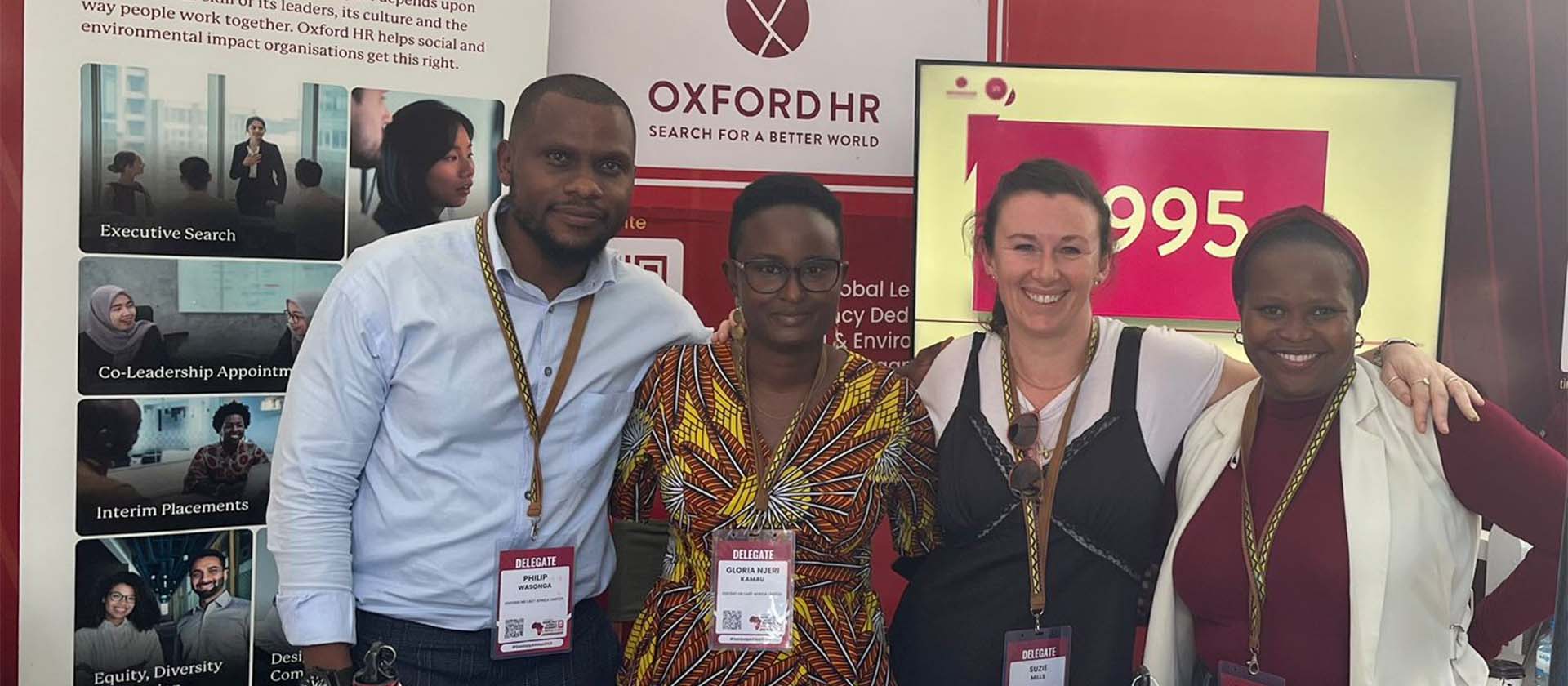The 11th Edition SANKALP Forum held in Nairobi on the 28th and 29th of February 2024 brought together a diverse crowd which included investors, innovators, entrepreneurs and stakeholders. This summit was a great platform that brought about collaboration, networking, pitching and fundraising, interactive workshops all aimed at inspiring innovative solutions for a more sustainable Africa.
The CEO, Mr. Vikas Bali opened the forum with an optimistic speech reminding the crowd about the 4 areas SANKALP tackles which include but not limited to;
- Climate change
- Financial Inclusion
- Access to basic human amenities like housing, water and sanitation, health care and education
- Employment
All conversations revolved around these four pillars, and it was very encouraging to see the passion behind the delivery of change.
The brief introduction and preliminary session led to a myriad of other activities and exhibitions whereby attendees were treated to various interactive panels taking the stage for talks and break out sessions with more focused topics.
The two days were nothing short of exhilarating, enlightening and thought-provoking. I was particularly impressed by the various solutions to improve housing in rural and low-cost areas to improve quality of lives. This struck me as it is very common to find corrugated iron houses and mud huts with dirt floors in our rural areas and some urban informal settlements. For years, this practice still thrives, and you are bound to find homesteads made up of these mud houses. This is prevalent because the materials are easily available, very affordable and the houses are fire resistant and offers good heat insulation. It was during one of the sessions at SANKALP that I learned that dirt floors are not only unhygienic but also unhealthy and can cause dire health complications from diarrhoea, parasitic infections, anaemia and even impales cognitive development in children. There are studies that also indicate that mud houses need not be harmful as they have proven to be durable and can withstand damage from disasters when properly cured and dried, does not involve a lot of manufacturing making it one of the most environmentally sustainable construction methods.
My takeaway from the event was the passion with which people are creating innovative solutions to improve the standard of living. It brings hope for the next generation.

Marylynn Muthoni
Marylynn graduated with a Bachelor’s Degree in Communications and Journalism. She is an Operations and Administrations professional with a keen eye for details, and work experience in various sectors including pharmaceuticals, advertising, real estate and finance, with a deep understanding of various industry needs.



